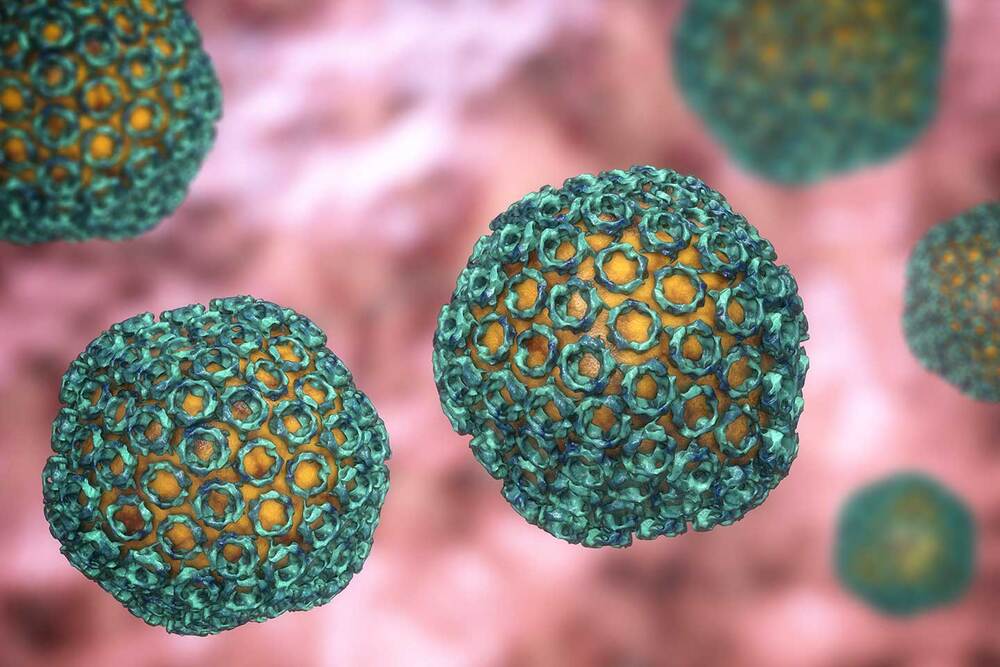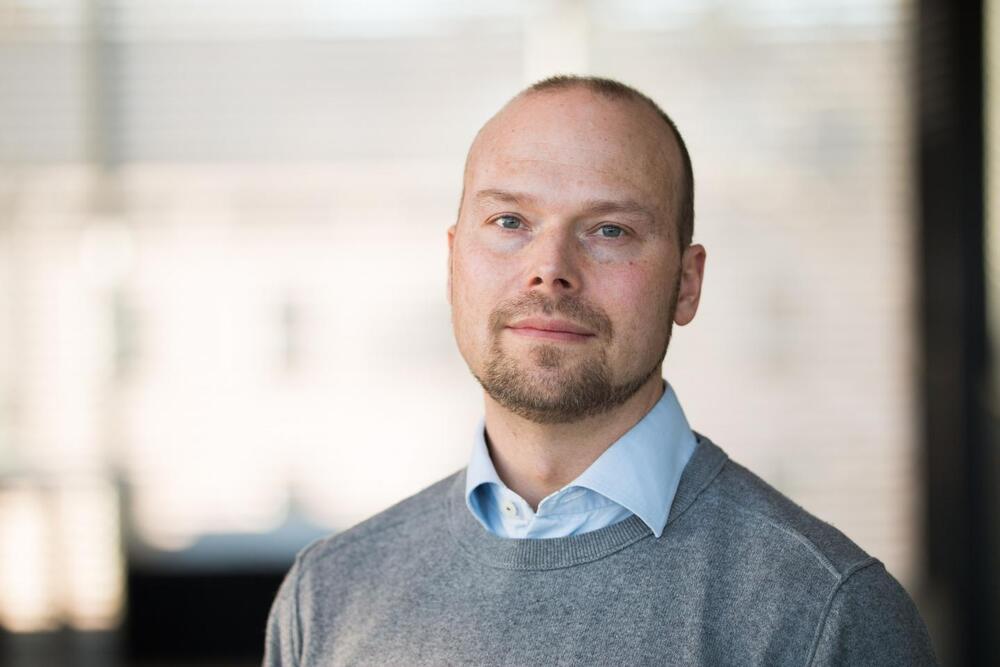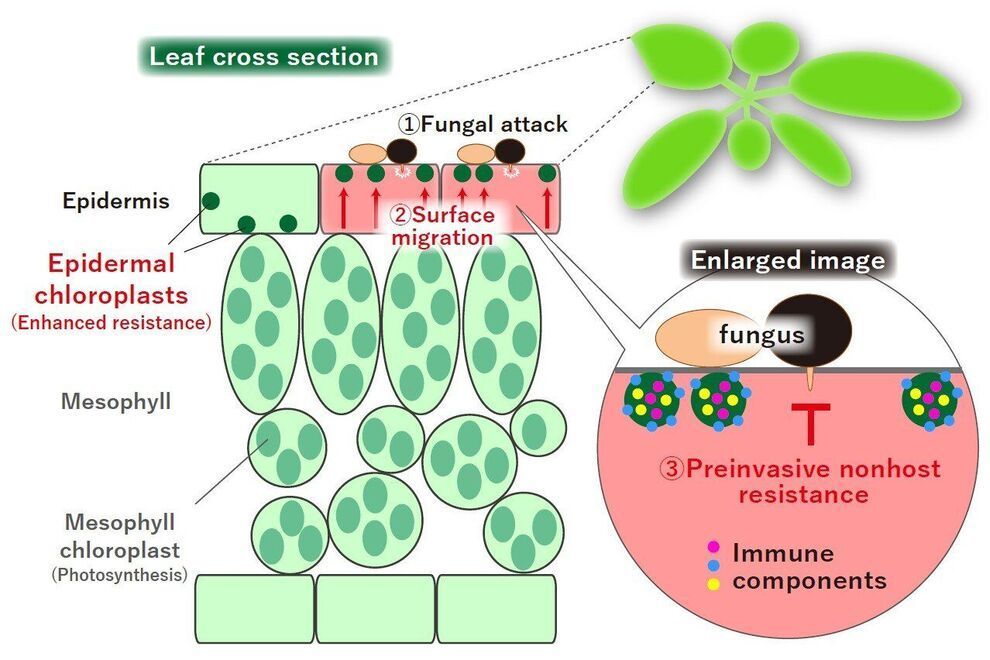Things to note: Treating the rats until they die. They are at 31 months and the longest they have lived without treatments is 38 months. Also, a small number of people have done this and though ailments like arthritis go away they still look elderly.
We recently had an update from Professor Rodolfo Goya who is conducting a follow up experiment from the one that Dr. Katcher first did in India, showing a rejuvenation in old rats. This video goes through the update that we had and provides a short introduction to the background.
Nicolas Chernavsky recently also did an interview with Didier Coeurnelle which discussed the update, which you can find here : https://youtu.be/GMNXjvXV268
Our earlier videos on the previous experiment and interview with Dr. Katcher are in this playlist https://www.youtube.com/playlist?list=PLkfzM7KJv6vaIQZ_n3WS6FHTpBtfS2lzw.
Health claims Disclosure: Information provided on this video is not a substitute for direct, individual medical treatment or advice. It is the responsibility of you and your healthcare providers to make all decisions regarding your health. Products or services mentioned in this video are not a recommendation.






